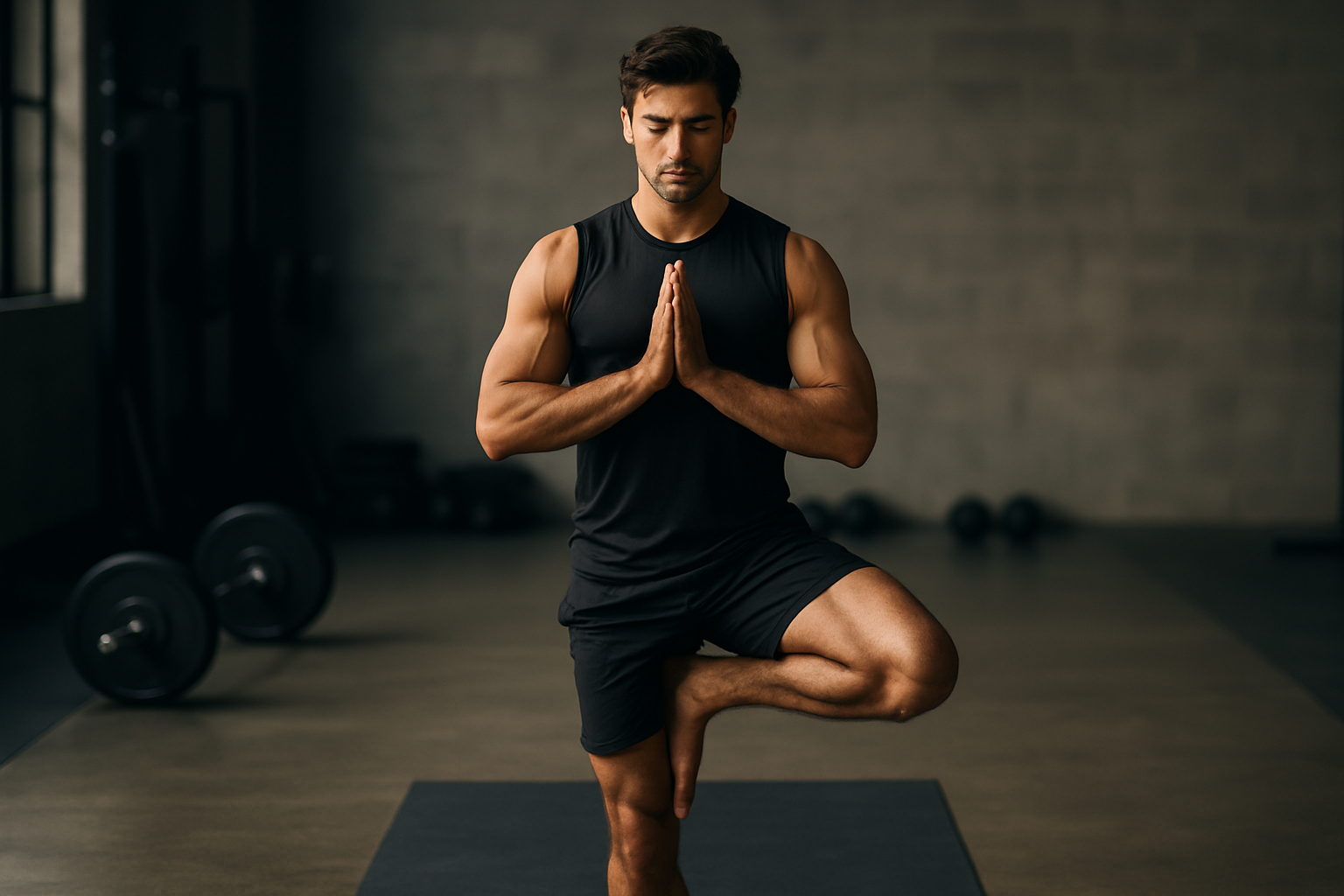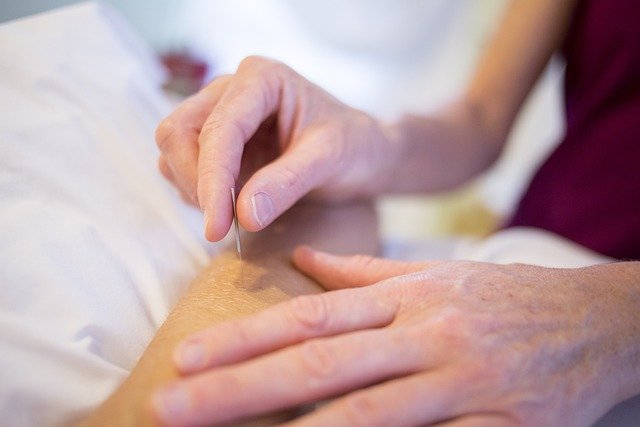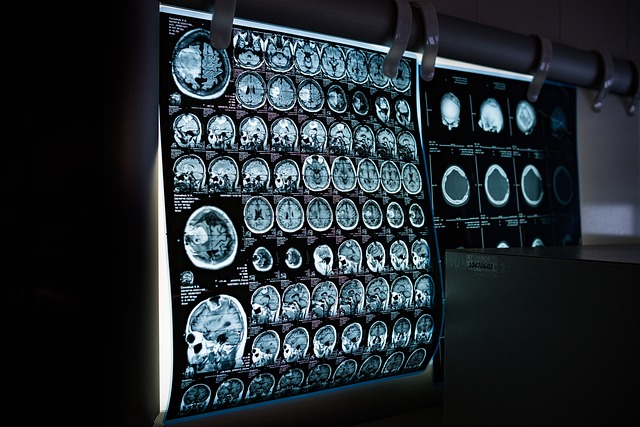Maximizing Senior Health Through Specialized Fitness Programs
Fitness programs for seniors with trained instructors provide structured workouts that focus on balance, strength, and mobility. Personalized attention ensures exercises are safe and effective, helping older adults stay healthy, active, and confident in their daily movements.

Personal Trainers Specializing in Senior Fitness Programs
Working with a personal trainer who specializes in senior fitness can be transformative for older adults looking to maintain or improve their health. These professionals have specific training in age-appropriate exercise techniques and understand common conditions affecting seniors, including arthritis, osteoporosis, balance issues, and cardiovascular concerns. They create customized workout plans that address individual needs, limitations, and goals while monitoring progress and providing motivation.
Personal trainers for seniors focus on functional fitness—exercises that improve everyday activities like getting up from chairs, carrying groceries, or climbing stairs. They emphasize proper form and technique to prevent injury while gradually building strength, flexibility, and endurance. Many trainers also incorporate cognitive components into workouts, combining physical movements with mental challenges to promote overall brain health alongside physical fitness.
Comprehensive Senior Wellness and Fitness Programs
Senior wellness and fitness programs take a holistic approach to health by addressing multiple dimensions of wellbeing. These comprehensive programs typically include not only physical exercise but also components for nutrition education, stress management, social engagement, and mental stimulation. Community centers, senior living facilities, YMCAs, and specialized fitness centers often offer these integrated programs designed to support overall quality of life.
A well-designed senior wellness program might include group fitness classes, individualized training sessions, educational workshops on healthy aging topics, cooking demonstrations focused on nutritious eating, and social events to build community connections. Research shows that this multifaceted approach produces better long-term health outcomes than exercise alone. The social aspects of these programs are particularly valuable, as they help combat isolation and provide motivation through group accountability and support.
Low-Impact Fitness Programs for Seniors
Low-impact exercise is particularly beneficial for seniors as it reduces stress on joints while still providing cardiovascular benefits and strength training opportunities. These programs are especially appropriate for older adults with joint pain, osteoporosis, or those who are new to exercise after a sedentary period. The reduced impact minimizes injury risk while still delivering significant health benefits.
Popular low-impact fitness options for seniors include water aerobics, where the buoyancy of water supports joints while providing resistance; chair yoga, which adapts traditional yoga poses for those with mobility limitations; tai chi, which improves balance and reduces fall risk through flowing movements; and recumbent cycling, which provides cardiovascular benefits without stressing the knees and back. Walking programs, especially on softer surfaces or with proper supportive footwear, also offer excellent low-impact exercise that can be social and enjoyable.
Finding the Right Senior Fitness Program
Choosing the appropriate fitness program requires consideration of current health status, mobility level, personal preferences, and specific goals. Before beginning any new exercise program, seniors should consult their healthcare providers, particularly if they have chronic conditions like heart disease, diabetes, or arthritis. A medical professional can provide guidance on exercise types and intensity levels that are safe and beneficial.
When evaluating potential programs, seniors should look for instructors with specific certifications in senior fitness, such as those from the American Senior Fitness Association (SFA) or the Silver Sneakers program. The environment should be welcoming and accessible, with equipment that can be modified for different ability levels. It’s also worth considering the location, schedule, and cost to ensure the program will be sustainable as part of a regular routine.
Senior Fitness Program Providers and Options
Various organizations offer specialized fitness programs designed specifically for older adults. These programs vary in approach, cost, and features to accommodate different needs and preferences.
| Program Provider | Program Type | Key Features | Approximate Monthly Cost |
|---|---|---|---|
| Silver Sneakers | Nationwide fitness program | Free access to 16,000+ gyms, specialized classes, online resources | Often covered by Medicare plans |
| YMCA Active Older Adults | Comprehensive wellness | Group classes, pool programs, social activities | $40-70 (senior discounts available) |
| SilverSneakers FLEX | Community-based fitness | Classes in parks, recreation centers, churches | Often covered by Medicare plans |
| Lifetime Fitness Senior Programs | Gym-based training | Personal training, group classes, swimming | $60-80 for senior memberships |
| Arthritis Foundation Exercise Program | Specialized health focus | Joint-friendly movements, self-management education | $5-15 per class (varies by location) |
Prices, rates, or cost estimates mentioned in this article are based on the latest available information but may change over time. Independent research is advised before making financial decisions.
Measuring Progress and Staying Motivated
Establishing realistic goals and tracking progress is essential for maintaining motivation in any fitness program. For seniors, improvements in daily functioning—like walking farther without fatigue, climbing stairs more easily, or performing household tasks with less pain—may be more meaningful measures than traditional fitness metrics like weight loss or muscle size.
Many senior fitness programs incorporate regular assessments that measure functional capacity, such as the time needed to rise from a chair, walking speed over a short distance, or the ability to maintain balance. Tracking these practical measurements over time provides tangible evidence of improvement. Social support also plays a crucial role in adherence to fitness programs, whether through workout buddies, group classes, or supportive family members who recognize and celebrate progress.
Regular physical activity remains one of the most powerful tools for maintaining health and independence as we age. With the variety of specialized fitness programs now available—from personalized training to comprehensive wellness approaches to gentle, low-impact options—seniors have more opportunities than ever to find an exercise routine that suits their needs, preferences, and goals. By making physical activity a regular part of life, older adults can significantly enhance their quality of life and continue enjoying the activities that matter most to them.
This article is for informational purposes only and should not be considered medical advice. Please consult a qualified healthcare professional for personalized guidance and treatment.




